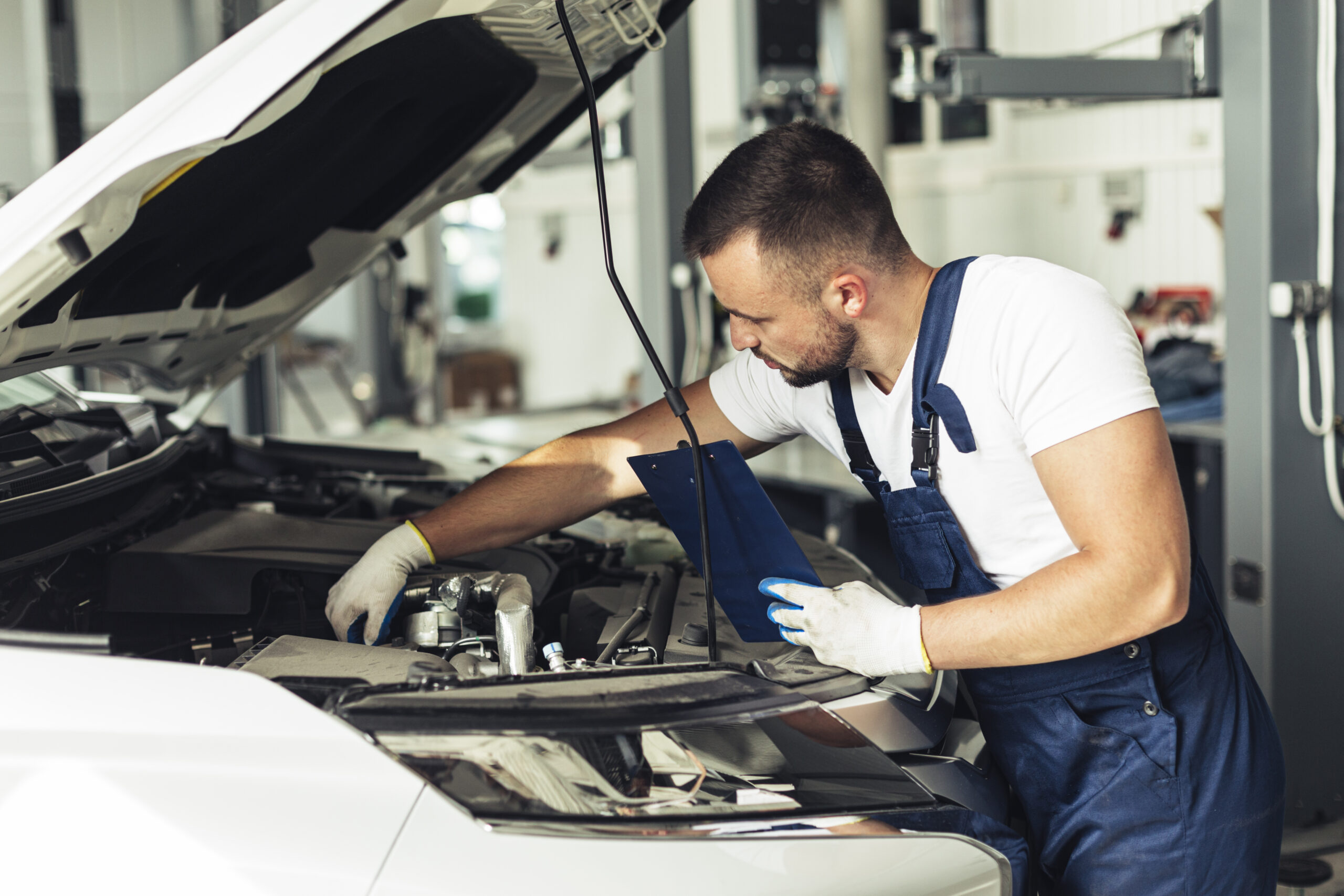All Categories
Featured

[/image]
Brakes are arguably one of the most crucial security function of any type of vehicle. Without reputable brakes, also one of the most powerful cars and truck can become a risk on the roadway. That's why normal brake inspections are a need to for guaranteeing your vehicle stops when you need it to. Following an appropriate brake inspection timetable can not just keep you risk-free but likewise assist you avoid costly fixings. Right here's a thorough overview on exactly how to properly inspect your brakes and what to look out for.
- The Value of Normal Brake Inspections. Brakes undergo constant damage with every usage, whether you're driving at broadband on the freeway or travelling through city streets. In time, brake pads, blades, and other elements put on down, which can affect braking efficiency. Without routine assessments, you may not observe the progressive decrease in performance until it's far too late.
Routine brake evaluations permit you to capture issues early, guaranteeing that your brakes remain responsive, reliable, and secure. Prompt inspections can likewise save you money by attending to minor concerns before they come to be pricey repair services.
- Common Signs That Your Brakes Need Interest. While routine brake evaluations are necessary, there are some indication you can keep an eye out for to recognize when it's time to set up a check-up:
Squealing or Grinding Sounds: Shrill squeaks or grinding sounds when using the brakes are frequently signs that your brake pads are broken and need replacement. Resonance or Pulsation: If you feel vibrations in the guiding wheel or the brake pedal, it could indicate deformed blades, which might require resurfacing or replacing. Soft or Mushy Brake Pedal: If the brake pedal feels abnormally soft or spongy, there may be air in the brake lines or a trouble with the master cyndrical tube. Drawing to One Side: If your cars and truck pulls away while stopping, this might be brought on by unequal brake pad wear or an issue with the brake liquid. Increased Quiting Distance: If it takes longer to quit than normal, it might show that the brake pads are worn, the fluid is low, or the blades are harmed. If you notice any one of these symptoms, it's ideal to have your brakes inspected quickly.

- Trick Components Checked Throughout Brake Inspections. Throughout a brake examination, a professional will certainly inspect numerous crucial parts of the braking system to guarantee everything is functioning appropriately. Right here are the key parts involved:
Brake Pads: The most common factor for bad braking performance is damaged brake pads. Examining the density of the pads is a top priority during every examination. Brake Rotors: Rotors should be smooth and cost-free of grooves or cracks. Any substantial damage to the rotors could cause jeopardized braking effectiveness and irregular pad wear. Brake Fluid: Low or contaminated brake fluid can harm stopping performance. The technician will certainly examine the liquid degrees and quality and replace it if required. Brake Lines and Hose pipes: Brake lines ought to be devoid of leaks or fractures. Any kind of damages to the lines can lead to loss of brake liquid, resulting in brake failure. Brake Calipers: The calipers use pressure to the brake pads. They need to be inspected for indicators of wear or leakages to guarantee they are working properly. Routinely examining these parts assists maintain your brake system in peak condition, enabling you to stop your vehicle safely and efficiently.
- Just how Typically Should You Have Your Brakes Evaluated? The basic referral is to have your brakes evaluated at the very least yearly or every 12,000 miles, relying on your driving practices. Nevertheless, specific driving problems may require more constant examinations:
Rush Hour: If you usually drive in stop-and-go traffic, your brake pads will certainly put on down faster. Mountain Driving: Driving on high roadways needs even more frequent stopping, which can cause your brakes to wear faster. Towing or Hauling Heavy Plenties: If you frequently bring hefty loads, your brakes will experience more stress and anxiety and require even more regular evaluations. If you notice any of the warning indications stated previously, do not await the next scheduled evaluation-- have your brakes inspected promptly.
- The Effects of Ignoring Brake Inspections. Overlooking normal brake evaluations can lead to major repercussions. A stopping working brake system could result in reduced quiting power, which increases your threat of mishaps.
In the worst case, driving with harmed brakes can lead to complete brake failure, putting you and various other chauffeurs at risk. Regular brake examinations are a tiny investment that can conserve your life and avoid pricey repair work.
- Conclusion: Remain Safe with Routine Brake Inspections. Brakes are not something you desire to take opportunities with. A reliable stopping system is essential for safe driving, and routine brake examinations are a straightforward means to guarantee that your auto stops when you require it most. By remaining on top of brake maintenance, seeing for alerting signs, and having your brakes examined at the advised periods, you'll safeguard both your lorry and your safety.
Do not wait until your brakes start to fall short-- timetable routine brake assessments and maintain your automobile in ideal condition for years to come.
Latest Posts
Uncover Reduce Expenses on Car Maintenance with Montclare Auto Repair’s Special Deals
Explore Your Wyoming Banking Partner – Your Path to Superior Financial Services in Wyoming
Discover Your Financial Partner at WyHy – Key Advantages for Your Future
More
Latest Posts
Uncover Reduce Expenses on Car Maintenance with Montclare Auto Repair’s Special Deals
Explore Your Wyoming Banking Partner – Your Path to Superior Financial Services in Wyoming
Discover Your Financial Partner at WyHy – Key Advantages for Your Future